A Chromebook is a laptop and two-in-one that runs on Google's web browser-based Chrome operating system. It may seem like they popped up out of nowhere in the past couple of years, but they just celebrated their 10th birthday. Chromebooks offer a different and comparatively minimalistic experience from MacOS and Windows laptops. If you live your life on the web and don't need to install Windows or Mac software, a Chromebook is a solid choice. (Here's all you can and can't do compared with a traditional laptop if you're not sure one is right for you.)
Chromebooks are generally more affordable than MacBooks, Windows PCs and iPads. However, as the Chrome OS has evolved to include use of Android apps from the Google Play Store and Linux software, you'll now find premium models with faster processors, more memory and speedier storage. They're more expensive but also lighter, slimmer and typically have better battery life. The fact is, Chromebooks are now a better fit for a lot more people than a Mac or Windows laptop, and they're now my go-to recommendation for a basic computing experience.
Read more: Laptop vs. Chromebook: What's the difference and which works better for you
Below, you'll find the best Chromebook picks we've reviewed. Each one is independently chosen by our editors. This list is updated regularly as we review new products.
The Duet is a 10-inch tablet with a detachable keyboard and touchpad. Its small size might be a little limiting as a primary device, though you can connect to an external display via its USB-C port. It is, however, a great pick if you're looking for an affordable Chromebook for pure mobility or as a secondary device.
The Acer Chromebook 715 started life as a premium model targeted at a growing business market for Chrome OS devices. Along with its smaller sibling, the Acer Chromebook 714, the 715 has a premium all-aluminum chassis built to survive drops from up to 48 inches (122 cm) and downward force up to 132 pounds (60 kg). You could also get the Acer Chromebook 715 with a fingerprint reader, a backlit keyboard, an Intel Core i5 processor and 16GB of memory for around $750. Or, you can get a much more affordable version that dials back on the specs and extras but keeps the premium build quality, making it a fantastic choice for a home office or student Chromebook laptop.
The Chromebook Flip C434 was one of our favorites when it first came out, and we think it's still a great Chromebook. The Flip C436 has a slim aluminum design with a 14-inch full-HD touchscreen. Inside you'll find higher-end components than the previous iteration for greatly improved performance. This touchscreen Chromebook also comes with a higher price, though, starting at $700. Still, as Chrome OS matures, the extra processing performance is certainly nice to have, as is having that performance in an attractive design.
Just as Google's Pixel phones offer the best pure Android experience, the Pixelbook Go is built to deliver the best of Chrome OS. The premium Chromebook starts at $649, but fully loaded with an Intel Core i7 processor, 16GB of memory, 256GB of storage and a 4K display, the price hits a pricey $1,399. That's a lot, and more than what's needed for most people. Still, it's an excellent little Chromebook, especially for those who really want to explore all that Chrome can do including Linux and Android app selections.
Tired of trying to work on documents or spreadsheets on a small widescreen display? The Acer Chromebook Spin 713 uses one of Acer's bright VertiView displays, a 13.5-inch 2,256x1,504-pixel touchscreen with a 3:2 aspect ratio. As the name implies, it gives you more vertical room to work, but it still has the width of a typical 13.3-inch laptop with a 16:9 ratio. Between that and its battery life that lasted more than 12 hours in our tests, you'll be able to get more work done in a day and it's still thin and light enough for an everyday carry.
If you'd rather have a wider screen instead of a taller one like the Spin 713's, this HP is the way to go. It's roughly 0.75 inches wider than a premium 13.3-inch model, but that extra width in screen size makes it easier to work in two windows side-by-side. The two-in-one design means you can use it as a tablet (though it's a bit heavy to use handheld) or tent it and connect an external keyboard and mouse and use it as a small all-in-one computer.
The Core i3 processor and 8GB of memory kept it running smoothly even with a couple dozen tabs open and streaming video in the background. And it has a long battery life to boot, lasting 10 hours, 40 minutes in our tests.
The Galaxy Chromebook is stunning. From its brilliant red aluminum body to its crisp 3,840x2,160-pixel AMOLED display, this slim, small two-in-one is far from the thick, plastic Chromebooks that were once the category standard. Its Intel Core i5 processor, 8GB of memory and speedy 256GB SSD give it fast performance. And it has nice extras like a fingerprint reader to unlock it, a backlit keyboard and one of Samsung's S Pens with 4,096 levels of pressure and tilt that stores in the body so you always have it handy.
This Samsung Chromebook does get warm when you're working, so you might have to keep it off your lap. But battery life is its weakest link, reaching a little more than 7 hours on our streaming video test. However, it does charge quickly, so if you don't mind topping off your battery after a few hours of use, this is a good option for a small Chromebook with a lot of personality.
If this is too much Chromebook for your needs, Samsung's follow-up, the Galaxy Chromebook 2, debuted in March starting at $549. It doesn't come with an S Pen (it uses a USI pen instead that's not included) and it has more modest specs, but it does have better battery life.
More laptop and home office advice
from CNET https://ift.tt/3a77RWH
via IFTTT


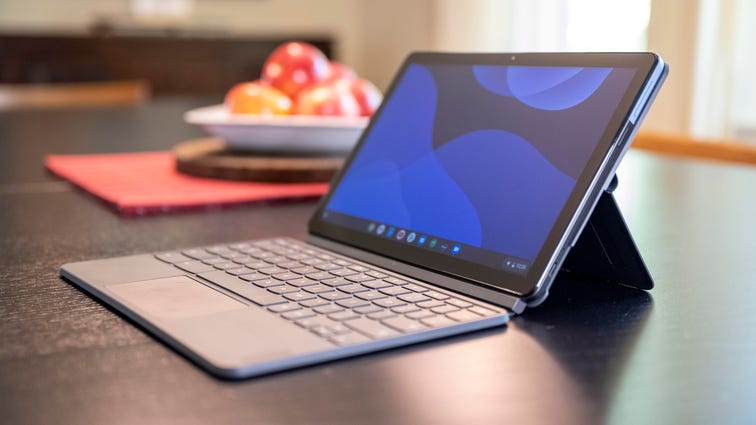
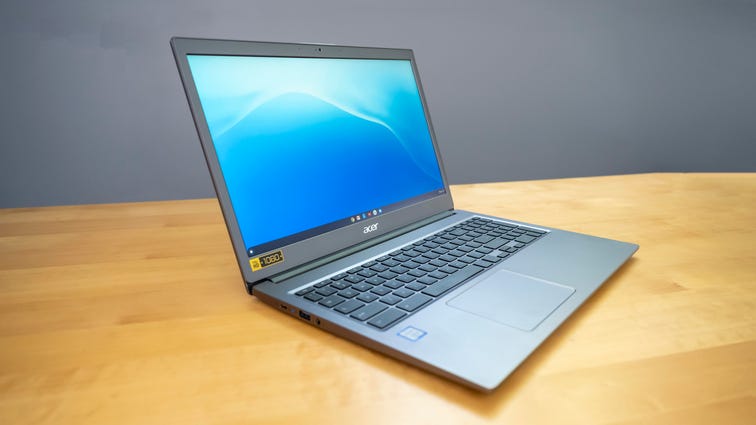
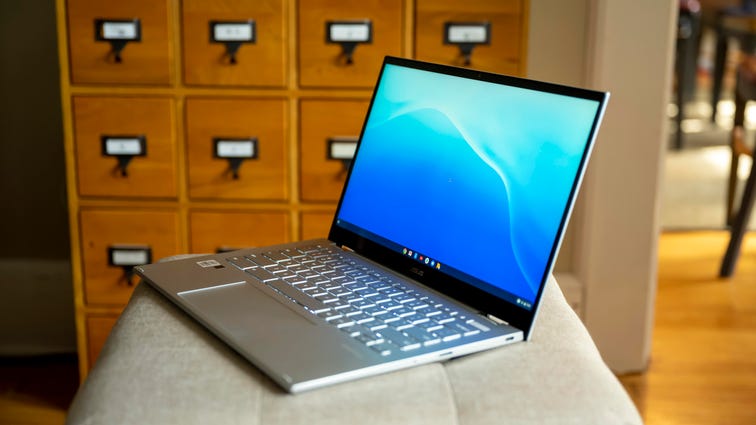
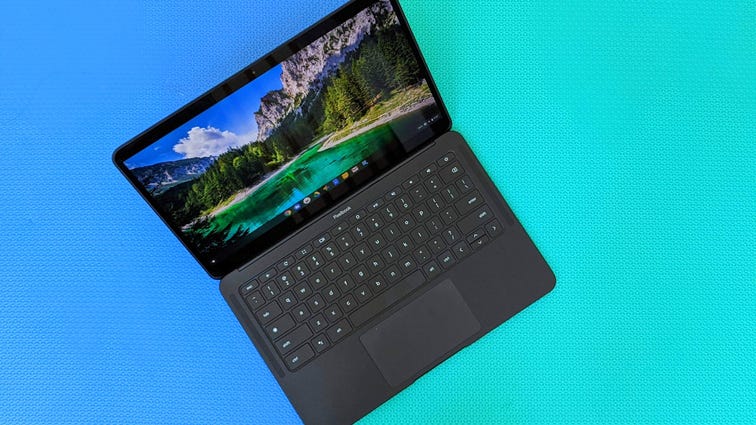
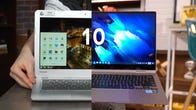

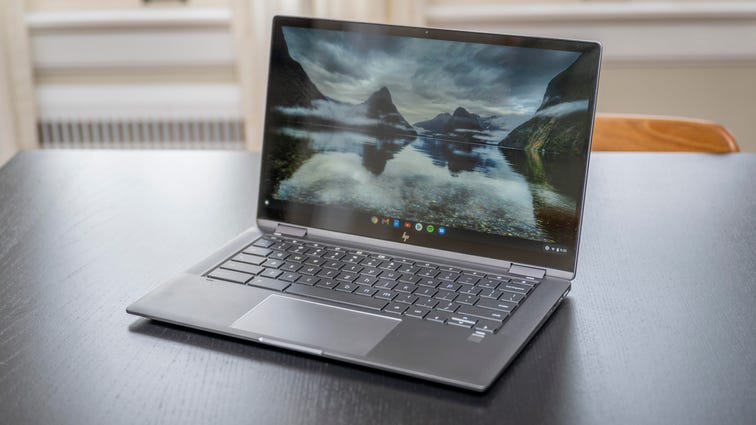
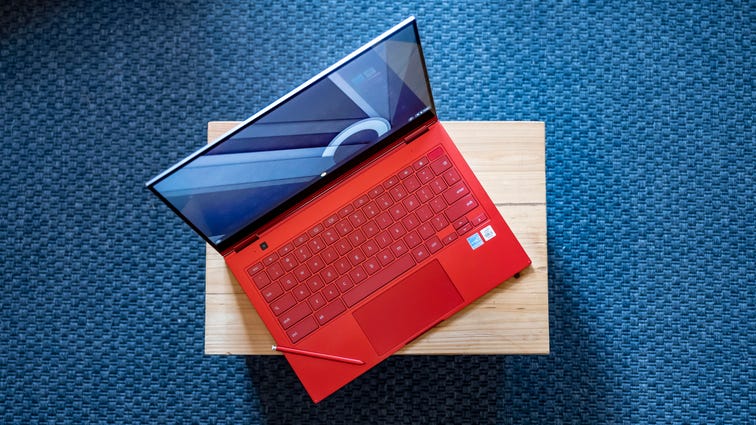

No comments:
Post a Comment